Roadmap
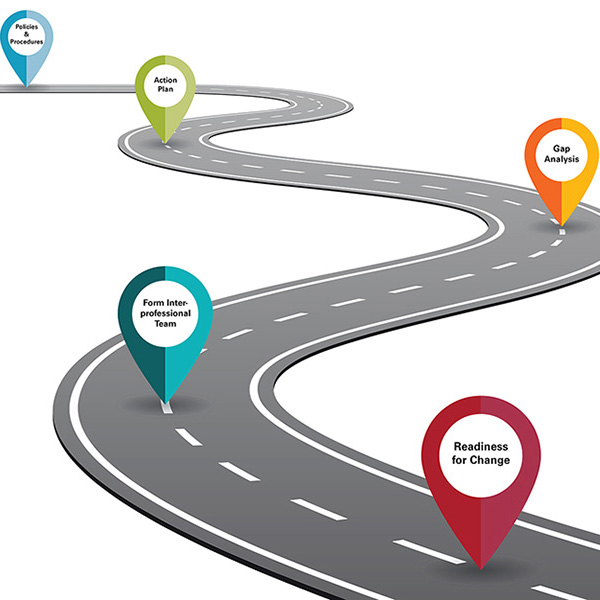
Every hospital's journey to improve fall risk reduction is unique. Our roadmap can help.
The CAPTURE Falls roadmap provides an organizing framework of activities, educational resources, and tools to help you improve your fall risk reduction program.
Different hospitals may want or need to visit different stops along the way (see stops below). Every hospital, however, is ultimately working toward the same destination: keeping their patients safe from falls and fall-related injury.

Establish Readiness for Change
Explore the resolve of members of an organization to implement change to improve fall risk reduction practices, and their collective belief in their capacity ...

Interprofessional Fall Risk Reduction Team
Create an inter-professional fall risk reduction team responsible for managing and implementing the facility’s fall risk reduction program.
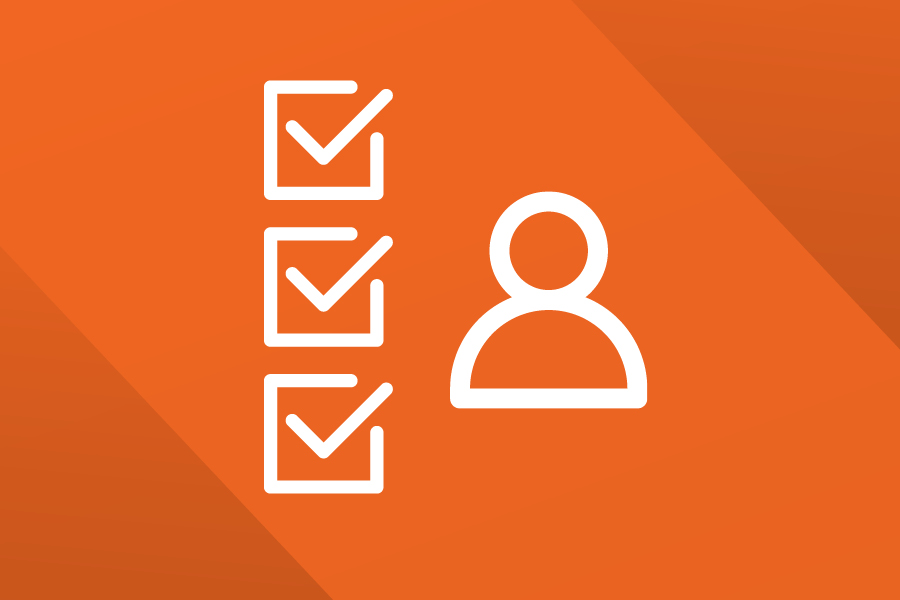
Gap Analysis
Conduct an assessment of the current state of fall risk reduction practices in your facility compared to evidence-based best practices.

Fall Risk Reduction Policies and Procedures
Set expectations and influence decisions, actions, and activities necessary for your fall risk reduction program.
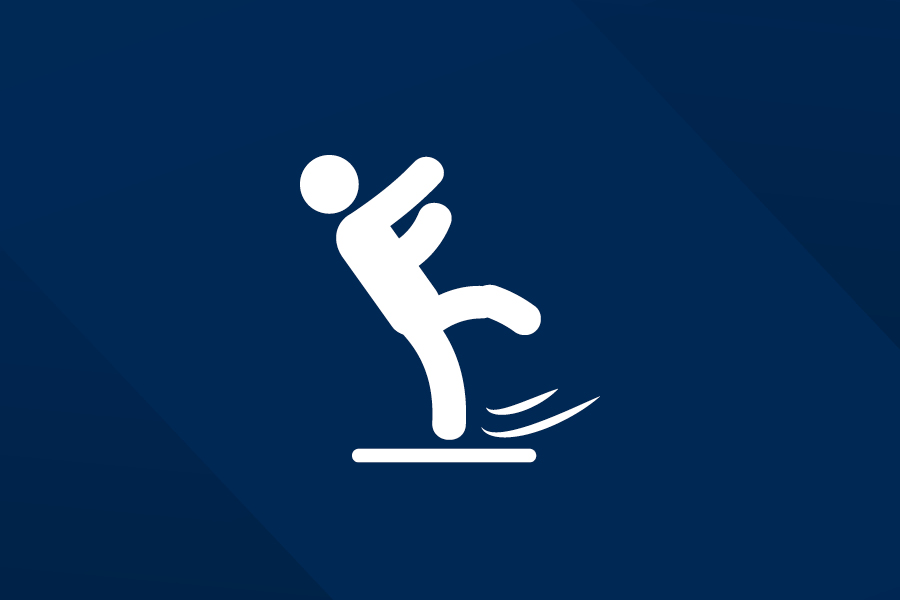
Fall Definition
Specify what “counts” as a fall, and differentiate various types of falls (e.g. assisted vs. unassisted) as well as injuries.
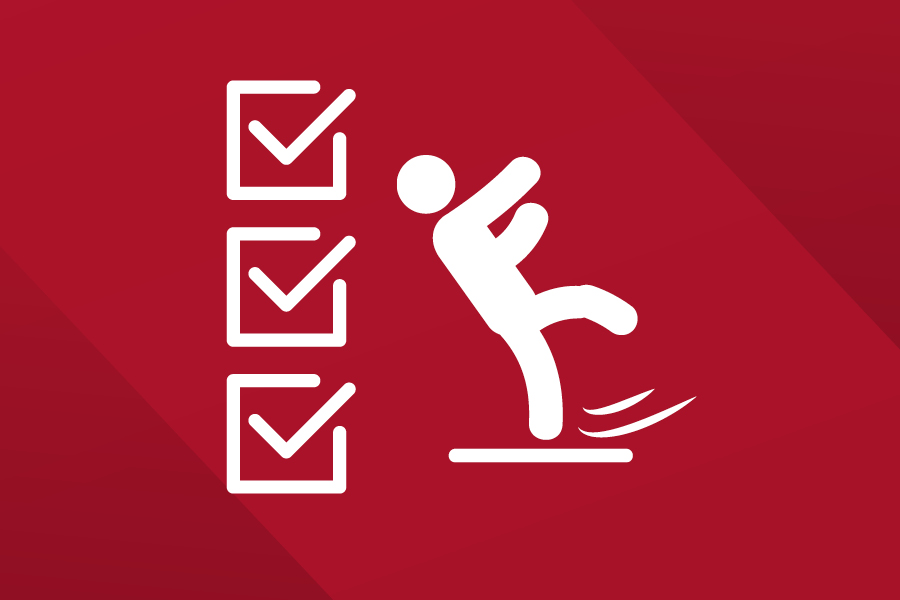
Fall Risk Assessment
Identify patients who are at risk for falls and recognize their respective risk factors.
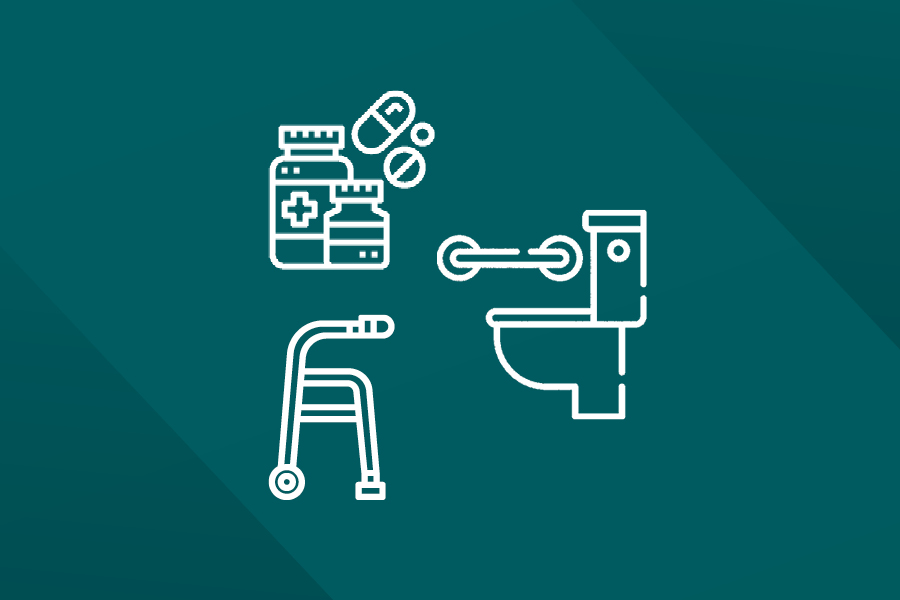
Fall Risk Reduction Interventions
Implement interventions to reduce the influence of patient risk factors for falls and fall-related injury.
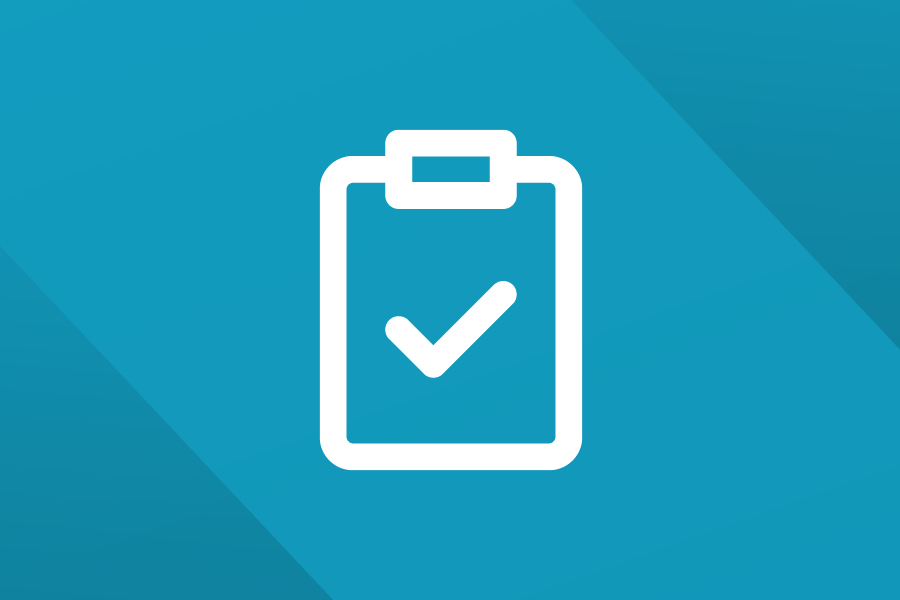
Auditing Fall Risk Reduction Practices
Identify if fall risk reduction practices are being implemented as intended in your facility.
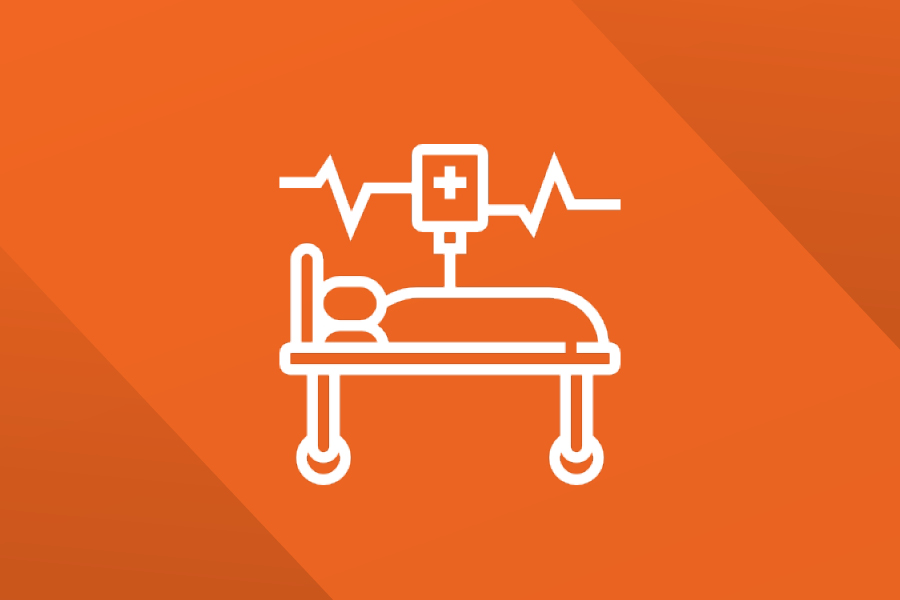
Post-Fall Clinical Assessment
Establish a protocol to guide staff in the assessment of patients for potential injury after a fall occurs.
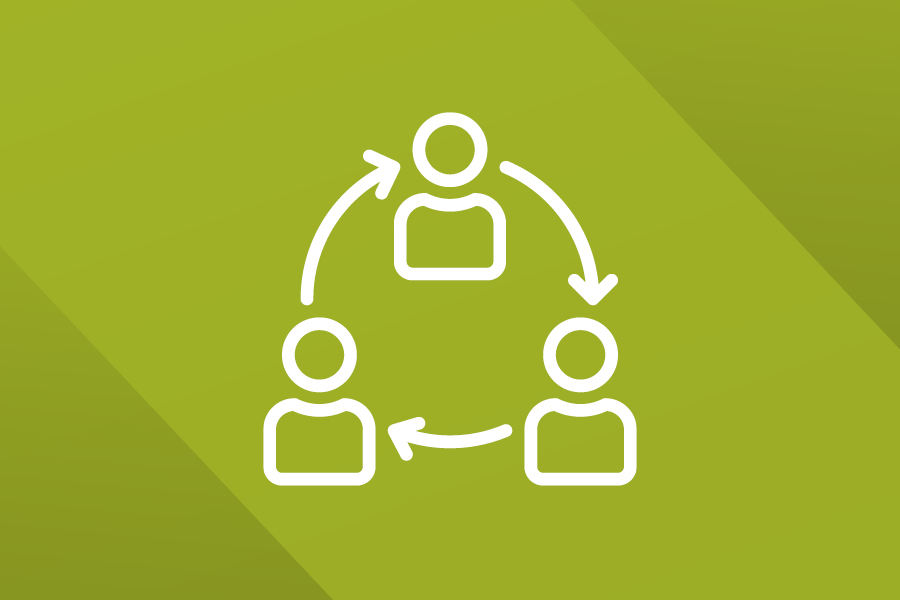
Post-Fall Huddle
Create a safe environment to understand the ’story’ behind a fall in order to learn and take action to prevent a future fall.

Fall Event and Rate Reporting
Report and monitor falls and fall rates to track progress within your organization and allow for external benchmarking.

Learning from Data
Use data to understand how well your fall risk reduction program is working to reduce fall risk in your facility.

